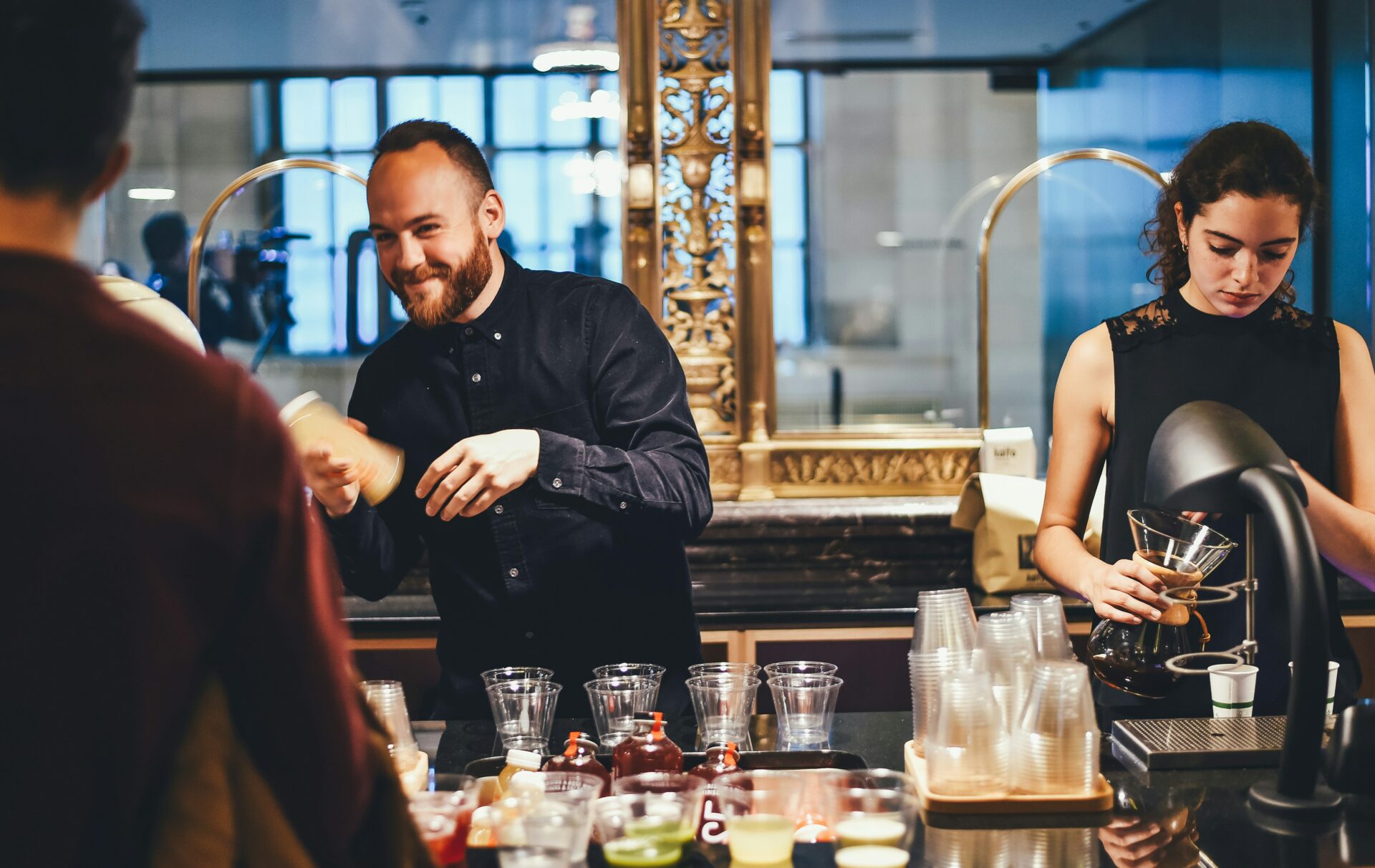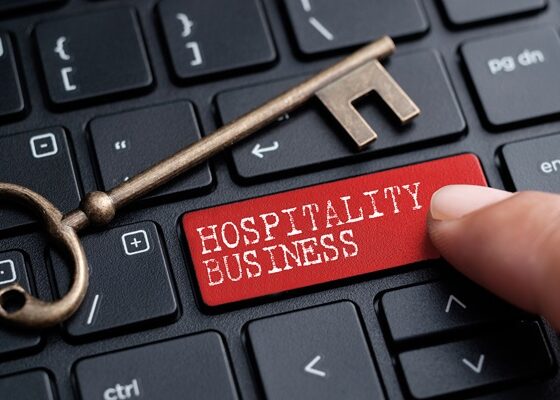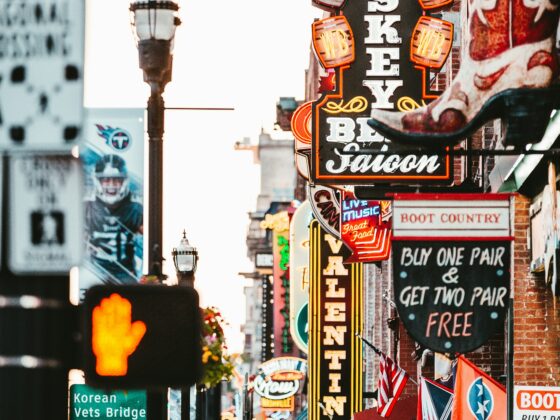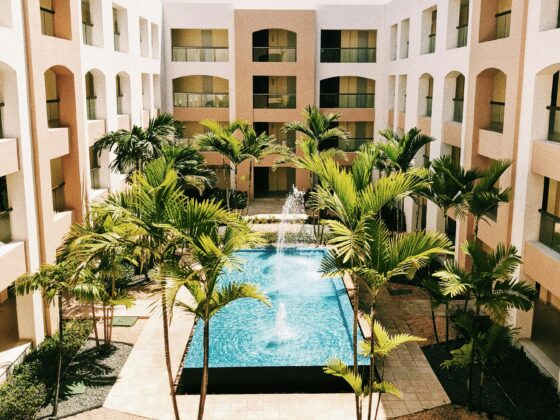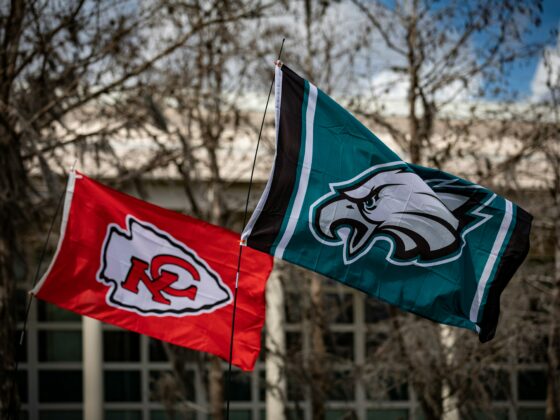
Attending 2025 NYU International Hospitality Investment Forum (IHIF) in early June in New York, one common remark amongst keynotes and panelists was to point to the huge growth of loyalty program membership numbers for the big chains as being synonymous with the growth of ‘actual’ loyalty (we’ll get to what actual means later).
To throw one number at you for reference, an April report from CBRE posted a cume of 675 million hotel loyalty members worldwide in 2024 from amongst Marriott, Hilton, Wyndham and Choice’s public filings, growing by 14.5% that year and outpacing room growth by 6.7% for 137 loyalty members per room.
We have a bone to pick with these numbers because they are worded in a way that assumes causation from correlation – that growth in loyalty program numbers indicates strong affinity to a particular house of brands. As we often advise owners on brand selection, a false assumption based on these figures could spell doom for any hotel that does not choose its brand wisely.
Against Our Argument
First off, know that IHIF NYU is wonderfully informative and frequented by some of the smartest minds in hospitality. We don’t mean to be absolute naysayers, merely cautious in the use of aggregate statistics like those mentioned above. After all, hospitality is an industry that relishes its nuances.
To state outright the arguments against our hypothesis, there is indeed strong value to both owners and guests for hotel loyalty programs. Owners get surety of distribution, operational SOPs, design support, supply chain management, midweek group contracts and a slew of other benefits. Guests get points, perks, rewards and above all, products they can trust with aboard. We aren’t disputing this symbiosis.
But when reports come out that only cite growth of total membership and year-over-year across the big seven (Marriott, Hilton, Hyatt, IHG, Accor, Wyndham and Choice), we ponder about enrollment overlap. How many people nowadays have 2, 3, 4 or more loyalty program memberships?
To draw on some vernacular from another wrench in our toolbox – hotel tech advisory – what’s really needed to resolve this is an identity resolution database cleanse. If we had access, we would start by combining all the loyalty member databases then performing an AI-driven, rules-based deduplication and profile match-and-merge, and then score this result against some form of sentiment analysis and RFM (recency, frequency, monetary value) calculation.
What you would likely find is that the members per room figure would be way down after cleansing the records across all brands. From the merged profiles, you would also get a sense of how many people have multiple accounts with each major chain (our speculation: it’s high) as an indicator of brand agnosticism. And as a final shocker, you may find from the emotional scoring of sentiment and RFM that there’s no statistically significant relationship between enrollment and actual loyalty. In this case, we loosely define ‘actual’ as choosing a hotel for its brand over and above other key drivers like price and proximity.
A Third Variable
The underlying principle behind the scientific tenet of ‘correlation does not equal causation’ is that there may be a third variable at play which is influencing both measurements. In this case, we’re going to pose that the core factor driving loyalty program growth is none other than the almighty and multifaceted power of contemporary, fast, interoperable networked technologies.
Perhaps obvious to just about everyone who isn’t living in a cave, but it’s incredibly easy to join a hotel loyalty program these days. Hence, it’s worth taking a moment to reflect on the pieces of tech that have gotten us to this point over the past two decades.
Consider some of the hardware and software that have made this so frictionless:
- Fast internet connectivity with intelligent global server space allocation so that customers can query any hotel for any request at breakneck speed from nearly anywhere on the planet
- Mobile hotel loyalty program apps and responsive websites that all with great GUIs (guest user interfaces), making it a pleasurable user experience to navigate through any of them while at the same time producing no true standout from the pack
- Tokenized passwords, SSO (single sign on), secure password storage applications and straightforward password recovery mechanics, meaning that no customer ever really has to fully remember their loyalty login information
- Connected on-premises systems and databases that automatically add loyalty points as well as simple online pathways to recover points from a missing stay, altogether requiring minimal energy from guests to build points in multiple programs
- An armada of accommodations awareness and online distribution tools that have opened guests’ eyes to the bevy of flagged, unflagged and alternate accommodation options at their disposal (OTAs, metasearch, Airbnb and so on)
Overall, it’s a breeze to enroll and stay enrolled. Why not join as many programs as possible if there’s no work required to do so?
Given these five factors (and others), the cumulative growth of total loyalty program membership looks to be less of a testament to the power of loyalty programs and more to the unstoppable growth of worldwide travel as well as the power of the internet in creating both hyperaware (and hyper-discerning) consumers and a hypertrophy of brands that can affordability reach guests at scale.
And because the internet and social media are only going to grow in scale and speed, it’s arguable that travelers have never been more disloyal to one hotel brand or another. After all, they have now innumerable options across the globe, so why be beholden to only one chain or one region?
Some Brands Get It
We’re hardly total skeptics. We emphasized this ‘actual’ loyalty for a reason beyond simply poking holes. What we see is strong and enduring loyalty to specific brands within a particular house of brands.
Yes, this form of true loyalty skews towards luxury and lifestyle, and you wouldn’t be wrong. From our wheelhouse in the luxury category, we can rifle off names of brands that are doing amazing things like 1 Hotels (Starwood), Andaz (Hyatt), Anantara (Minor Hotels), Design Hotels (Marriott), EDITION (Marriott), Fairmont (Accor), MGallery (Accor), Raffles (Accor), Six Senses (IHG) and The Standard (now part of Hyatt). These are just a handful, and we’re excluding the smaller groups, collections, assocations and soft brands that also have some exceptional product offerings.
But then there’s similarly strong affinity for midscale and upscale brands that combine a reliable rooms product with meaningful facilities and services for the more budget-focused or business traveler. Some names here are citizenM (now part of Marriott), Even Hotels (IHG), ibis Styles (Accor), Graduate Hotels (now part of Hilton), Mama Shelter (Accor) and Moxy (Marriott).
The point here is that while we do not trust the claims that loyalty program growth equates one to one with real loyalty for one house of brands over another, we do trust that guests are indeed actually loyal to those brands that are genuinely extraordinary, regardless of which rate category they may be classified within.
To mix and match from the abovementioned names, one guest may design their dream vacation to certain locations in Southeast Asia based around the presence of Anantara or Raffles properties while also specifically seeking out a Moxy or ibis Styles when traveling to a gateway city on a business trip.
Same person, different context, loyal to brands but not to a singular house of brands.
While this op-ed can be debated and more industry statistics scrutinized, the call to action for you is twofold: choose your flag wisely and look for those brands that are truly innovative in terms of creating meaningful experiences regardless of which house of brands they may fall under.
Questions and Answers From This Article
Does growing hotel loyalty program membership really indicate customer loyalty?
Not necessarily. While loyalty program membership is increasing rapidly—reportedly reaching 675 million globally in 2024—this growth often reflects ease of enrollment rather than true brand loyalty. Many travelers hold multiple memberships and prioritize factors like price, location, and experience over allegiance to one hotel chain, signaling that raw enrollment numbers can be a misleading metric for actual guest loyalty.
What factors are driving the rapid growth in hotel loyalty program sign-ups?
The surge in loyalty memberships is largely driven by digital convenience and global travel expansion. Frictionless enrollment through apps, password managers, connected systems for earning points, and widespread brand visibility online have made joining multiple programs easy. These tech-enabled conveniences create broad participation, but they don’t necessarily foster emotional attachment or brand preference.
How can hotels foster real loyalty in today’s highly connected and choice-rich travel market?
True loyalty today comes from delivering exceptional, distinctive guest experiences that resonate with travelers on a personal level. Brands like 1 Hotels, EDITION, Raffles, and citizenM succeed by offering unique aesthetics, personalized service, and meaningful design—often regardless of their parent chain. Guests are increasingly loyal to specific brands that align with their values and trip context, rather than a single umbrella loyalty program.
